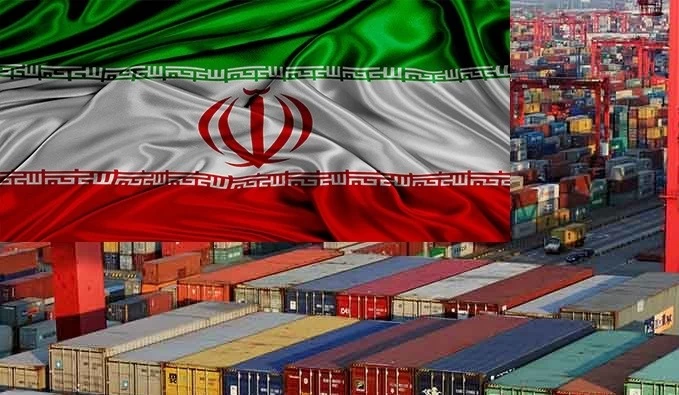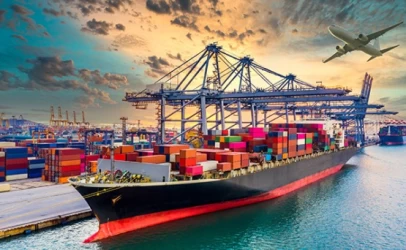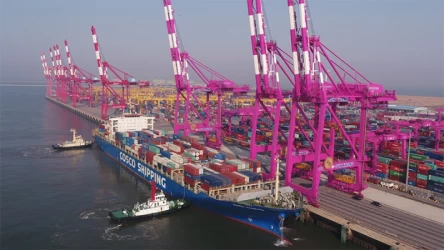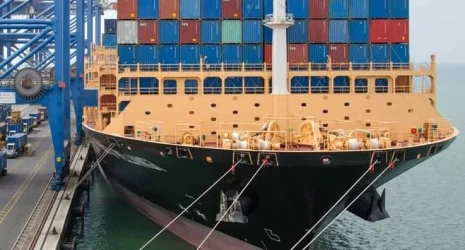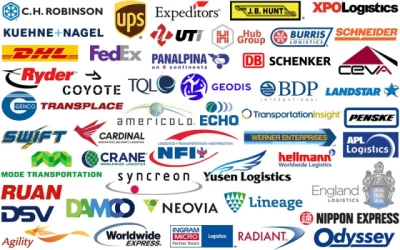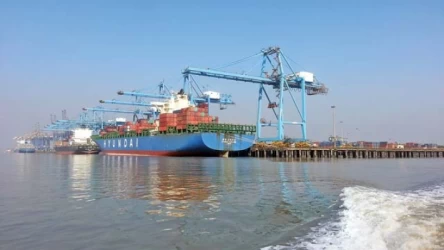Comprehensive Guide to Trade with Iran, Logistics
Iran, with its strategic geographic location and wealth of natural resources, offers notable opportunities for international trade. Despite existing sanctions and trade restrictions, the nation’s potential continues to attract investors and traders worldwide. This article provides a detailed overview of Iran's logistics infrastructure, key trade corridors, and essential considerations for engaging successfully in Iranian trade markets.
1. Why Trade with Iran?
Iran's large consumer market, abundant natural resources, and unique position between major trade routes make it a key player in the region. The primary reasons why businesses consider Iran as a trade destination include:
- Access to Energy Resources: Iran holds some of the world's largest oil and gas reserves, positioning it as an influential player in the energy market.
- Large Consumer Market: With a population of over 85 million, Iran presents a significant demand for various goods and services.
- Strategic Location on Global Trade Routes: Iran serves as a bridge between Asia and Europe, facilitating its role as a central logistics hub for regional and international trade.
2. Iran's Logistics and Transportation Infrastructure
Iran’s logistics network consists of road, rail, air, and sea transportation, each playing a vital role in supporting trade and economic growth. With international trade corridors passing through the country, Iran’s logistics sector holds great importance.
- Road Transport: A significant portion of domestic and regional transport is conducted via Iran's road network, which connects industrial hubs and major cities.
- Rail Transport: Although parts of the rail network require modernization, Iran’s railways are connected to neighboring countries and are suitable for transporting heavy and bulky goods.
- Sea Transport: Ports in the Persian Gulf and the Gulf of Oman are key for Iran’s maritime trade, especially with development projects such as the Chabahar Port expansion, enhancing Iran’s maritime capacity.
- Air Transport: Iran’s international airports provide options for fast transportation of goods, especially high-value or perishable items.
3. Key Trade Corridors and Iran's Role in Regional Transit
Iran’s position on several international trade corridors enhances its status as a bridge between East and West.
- North-South Transport Corridor (NSTC): This corridor stretches from India and the Persian Gulf through Iran, Russia, and Baltic countries, offering a faster and more efficient trade route between Asia and Europe.
- East-West Corridor: As part of the new Silk Road initiative, Iran connects with China and Central Asian countries, providing a direct link for goods moving between Asia and Europe.
4. Challenges and Opportunities in Iran’s Logistics Sector
Challenges:
- Economic Sanctions: Sanctions can limit access to modern technology and equipment, impacting the efficiency of Iran's logistics operations.
- Outdated Infrastructure: Many parts of Iran’s logistics network require investment in modernization to match global standards.
- Complex Bureaucracy and Customs Regulations: Lengthy administrative procedures and strict customs regulations may delay transit times.
Opportunities:
- Potential for Foreign Investment: Iran actively seeks foreign investments to improve its logistics and transportation infrastructure.
- Increased Transit Revenue: Iran's geographic location provides opportunities to generate revenue through regional cargo transit.
- New Corridor Development: Projects like the Chabahar Port expansion allow Iran to take on a greater role in regional trade.
5. Key Tips for Successful Trade with Iran
- Familiarize with Local Regulations: Understanding Iran’s trade and customs regulations is essential for smooth operations.
- Engage with Local Partners: Working with local companies or consultants can simplify entry into the Iranian market and streamline logistics.
- Invest in Logistics and Transport: Businesses that invest in logistics infrastructure, including storage and transport networks, can gain a competitive edge in Iran.
Conclusion
Despite challenges, Iran’s strategic location and wealth of resources make it a promising market for trade and investment. The logistics and transportation sectors, particularly through international trade corridors, play a crucial role in supporting Iran’s trade potential. By leveraging Iran’s road, rail, sea, and air options, businesses can successfully access and capitalize on the Iranian market.
If you have any specific questions or need further assistance, feel free to ask!

